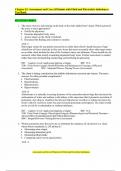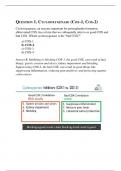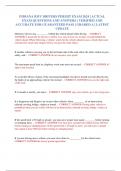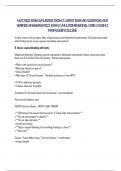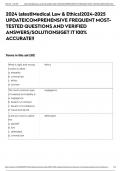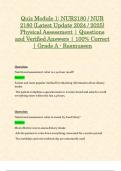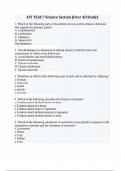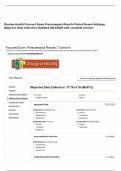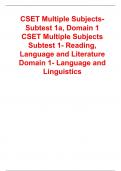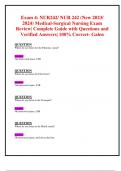Exam (elaborations)
ECPI UNIVERSITY ATI MEDSURG (NURSING 255) Chapter 13 Assessment and Care of Patients with Fluid and Electrolyte Imbalances, Latest Testbank
- Institution
- Ecpi University, Northern Virginia
ECPI UNIVERSITY ATI MEDSURG (NURSING 255) Chapter 13 Assessment and Care of Patients with Fluid and Electrolyte Imbalances, Latest Testbank-1. The nurse observes skin tenting on the back of the older adult client’s hand. Which action by the nurse is most appropriate? a. Notify the physician. b....
[Show more]
